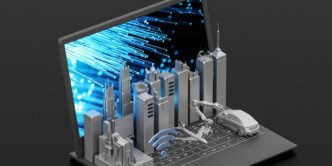Discover how Edge Computing is revolutionizing data processing, bringing faster, more efficient solutions to the forefront of modern technology.
Table of Contents

Prefer to listen? Enjoy the audio version of this article
Curated audio version | Audio powered by AI
Edge Computing Explained
From Cloud to the Edge
Edge computing refers to the decentralized processing of data near its source, such as IoT devices or sensors, rather than relying solely on centralized cloud servers. It addresses the limitations of cloud computing—like latency, bandwidth costs, and security risks—by bringing data processing closer to the end user. This approach enables faster processing, reduces latency, and enhances data security, making it a crucial innovation in today’s connected world.
Key Benefits of Edge Computing
- Reduced Latency: By processing data closer to its source, edge computing significantly reduces latency, eliminating the need for data to travel long distances to centralized servers. This is essential for real-time applications such as autonomous vehicles and healthcare monitoring, where split-second decision-making is critical.
- Cost Efficiency: Edge computing helps businesses save on bandwidth costs by reducing the volume of data that needs to be transmitted to the cloud. Processing data locally minimizes the need for long-distance data transfer, cutting down on associated expenses.
- Enhanced Security: Processing data locally enhances security by reducing the exposure of sensitive information to potential breaches. By keeping data closer to its source and minimizing cloud transmission, the risk of security breaches is significantly lowered.
The Importance of Edge Computing for the Future
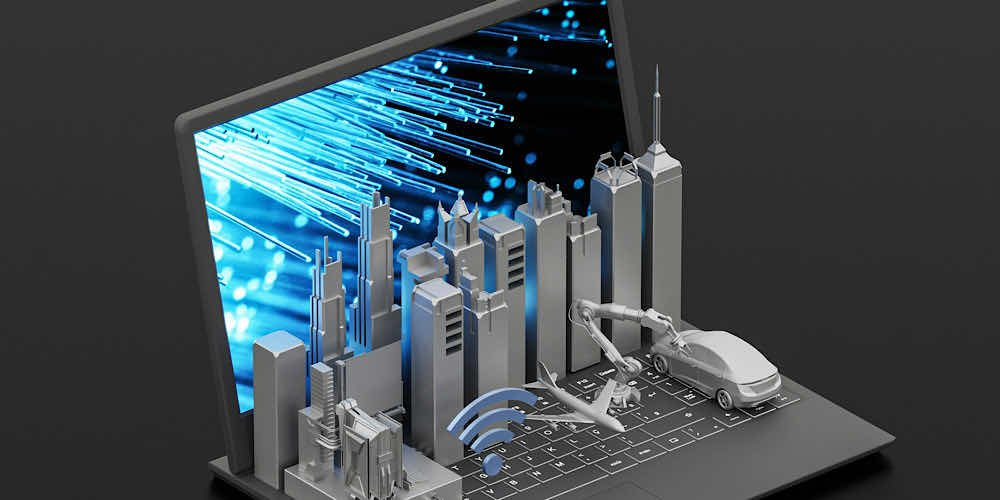
The Backbone of Smart Cities and Autonomous Vehicles
Edge computing plays a vital role in the development and operation of smart city infrastructure and autonomous vehicles. By processing data locally, technologies such as traffic lights, public surveillance systems, and autonomous driving systems can make split-second decisions, enhancing efficiency and safety. This decentralized approach reduces latency, improves data security, and enables real-time decision-making—crucial for the success of these technologies in urban environments.

Enabling Real-Time Healthcare and Wearable Devices
Edge computing is revolutionizing healthcare by enabling real-time data processing through wearable devices. Devices that monitor vital signs, such as heart rates or glucose levels, can process data locally and alert healthcare providers immediately when intervention is needed. This real-time processing improves patient care by enabling quick responses, ultimately enhancing healthcare outcomes.

Industrial Revolution 4.0
Edge computing is driving the next industrial revolution by enabling real-time analytics, predictive maintenance, and AI-driven quality control in manufacturing. Factories equipped with IoT devices can process data on-site, optimizing workflows, reducing downtime, and preventing machine failures. This approach not only enhances operational efficiency but also boosts productivity by enabling quick decision-making based on real-time data analysis.
Edge Computing and Emerging Technologies

How Edge Computing Powers Artificial Intelligence (AI)
Edge computing enhances AI by enabling AI algorithms to be deployed locally on devices, significantly reducing decision-making time. This is critical for applications like facial recognition, fraud detection, and personalized retail recommendations, where immediate decisions are necessary. By processing data closer to the source, edge computing reduces latency, improves data security, and supports real-time decision-making essential for AI applications.
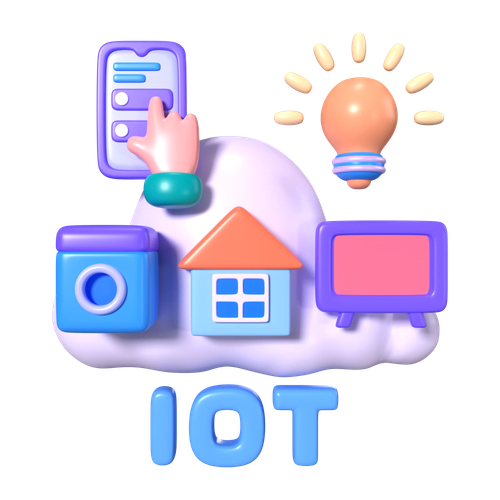
IoT and the Era of Connected Devices
Edge computing is vital for the Internet of Things (IoT), as it allows IoT devices to process data locally, reducing the strain on cloud networks and improving response times. This enhances the overall efficiency of IoT systems, enabling devices to communicate more effectively with each other and creating a more interconnected and responsive network of smart devices.
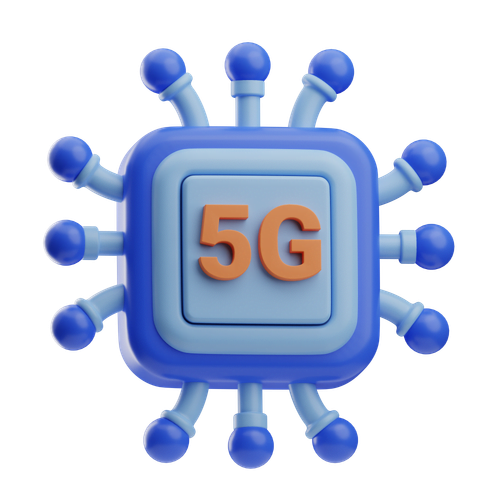
The Role of 5G in Enhancing Edge Computing
The rollout of 5G networks will amplify the impact of edge computing by providing low-latency, high-speed connections. This will enable edge devices to communicate faster, making applications like smart factories and real-time virtual reality more reliable and scalable. The combination of 5G and edge computing will revolutionize various industries by enhancing real-time data processing and decision-making capabilities.
Is Edge Computing a Temporary Trend or the Future Standard?
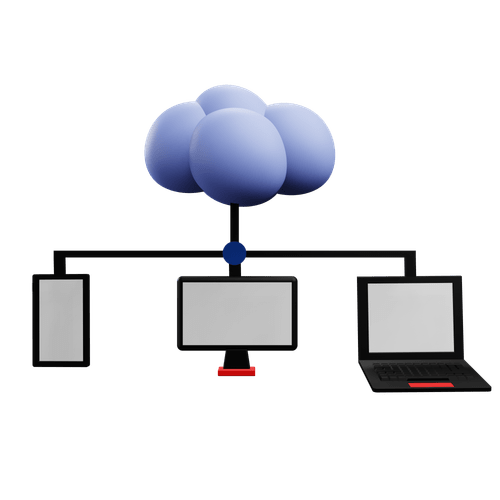
The Rise of Distributed Computing Architectures
Edge computing is becoming a necessity as businesses adopt hybrid and multi-cloud strategies. The need for faster processing, reduced latency, and enhanced data security is driving this shift. Gartner predicts that by 2025, 75% of enterprise-generated data will be created and processed outside traditional centralized data centers or clouds, highlighting the growing importance of edge computing in the future of data processing.
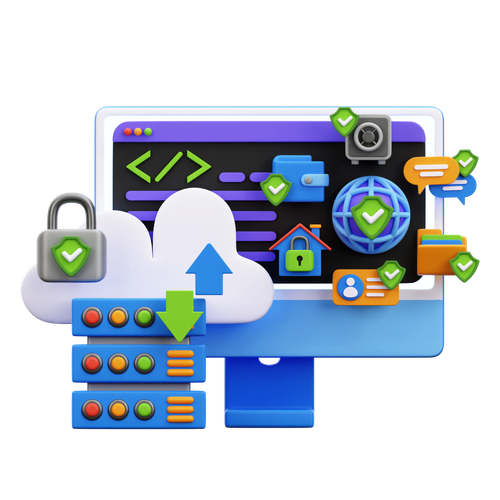
Edge in Everyday Life
Edge computing is set to revolutionize various aspects of daily life, from improving the performance of voice assistants like Alexa to optimizing energy consumption in smart homes. By processing data closer to the source, edge computing can make everyday technologies more efficient, responsive, and user-friendly.
Edge computing is reshaping the future of data processing by decentralizing it and bringing it closer to the user. This approach enhances speed, security, and efficiency, unlocking new possibilities across industries such as healthcare, manufacturing, consumer electronics, and smart cities. By leveraging edge computing, organizations can optimize their data processing, improve operational efficiency, and remain competitive in today’s connected world.
FAQs
-
What makes edge computing different from cloud computing?
Edge computing processes data closer to where it is generated (at the edge), while cloud computing processes data in centralized data centers. This makes edge computing faster for real-time applications.
-
How does edge computing benefit everyday consumers?
Consumers benefit from faster, more reliable devices, such as wearables, smart home systems, and even real-time gaming. The reduced latency improves overall user experience.
-
Is edge computing secure?
Yes, in many ways. Processing data locally reduces the need to transmit sensitive information over the internet, lowering the risk of interception or hacking. However, security protocols at the edge must still be robust.
-
What role does edge computing play in AI and IoT?
Edge computing is essential for AI and IoT devices because it allows data to be processed quickly without relying on remote cloud servers. This is crucial for real-time applications like autonomous vehicles, predictive maintenance, and smart home systems.
-
Will edge computing replace cloud computing?
No, edge computing and cloud computing complement each other. While edge computing handles real-time processing, cloud computing is still needed for large-scale data storage and more complex computations.
